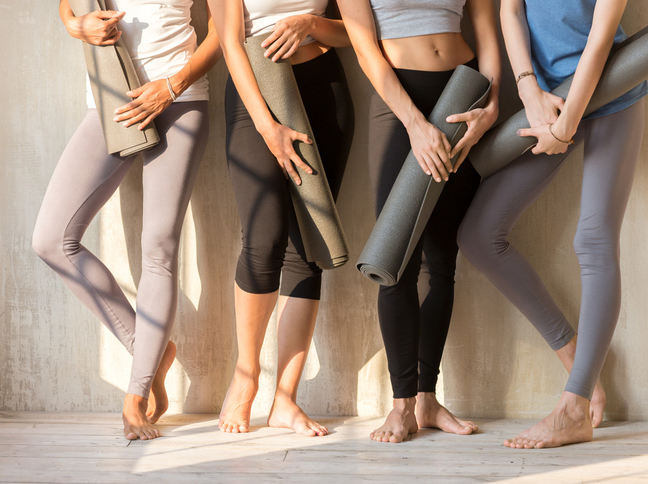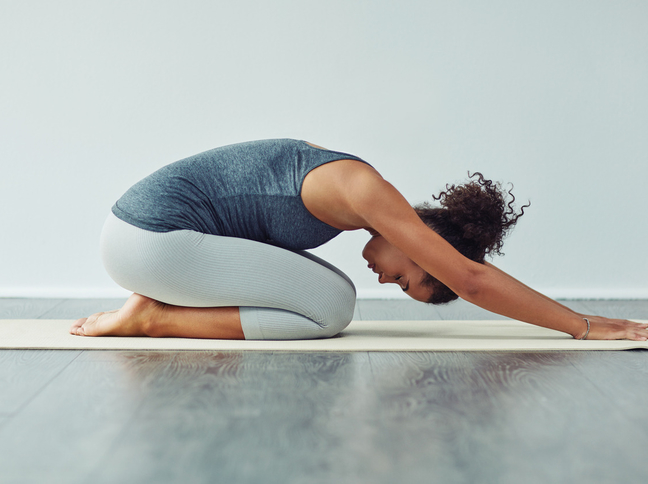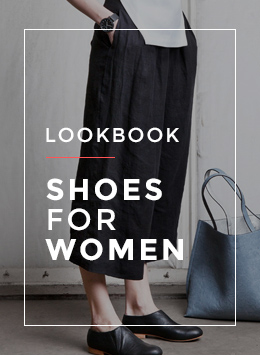Anyone who has ever practiced yoga on a bad mat knows: It's only half the fun. A high-quality yoga mat is simply essential to be able to practice meditative sport well. After all, you don't want to keep slipping or having a chemical smell in your nose during the yoga class. Studios usually offer mats for their students free of charge. Sometimes these smell a little strong and slip on top of that. Of course you can use the offer. However, anyone who is a staunch yogi will want to bring their own yoga mat, if only for reasons of honor. Which yoga mat is really non-slip? Where can I buy a good yoga mat? We present you the best yoga mats in the test.

Buying a yoga mat: what to watch out for?
Yoga has become a popular sport, so the range of yoga mats is quite large today. There are tons of companies, paints and materials online, in studios and in sports stores, or so it seems. Although we don't have as many choices as yogis in the USA, you will still find what you are looking for here. The only problem: with the large selection of fitness mats, it's easy to get bogged down. Hence a few factors to consider when buying your yoga mat.
1. Determine the price segment of the yoga mat
The prices for the fitness tool vary widely. Some exercise mats are available for less than ten euros. The cost sky is open to the top. In recent years more and more luxury yoga mat manufacturers have made it onto the market, which are in the range of 200 euros and up. The decisive factor for the price is primarily the material, but the brand also plays a role.
2. Which material should it be?
The cheap yoga mats are mostly made of PVC. Natural materials, for example virgin wool and silk mats, are usually more expensive. But they are more sustainable and also better for you because you are in close skin contact with them. Plastic mats are not inherently worse than those made from natural materials. Large manufacturers usually have the skin compatibility of their mats checked. Therefore it is better to avoid cheap no-name products.
An overview of common materials for the fitness mat:
rubber
cork
jute
cotton
Sheep wool
Plastic (often contained: latex, PVC or TPE)
3. Pay attention to the slip resistance of your yoga mat!
Which yoga mat is really non-slip? This is what you may ask yourself after you missed the first half an hour in your studio because you were just busy trying to find a way not to slip your stomach in the dog. Especially if you have sweaty hands (don't worry, you are in good company!), You should make sure that your mat provides the best possible support when buying. Models made of natural rubber and plastic should be suitable for you. It is best to always pay attention to the product description to see whether your dream mat is declared as "non-slip".
4. Vinyasa Yoga, Hatha Yoga or Yin Yoga: For which style do you need the mat?
For Yin Yoga and Kundalini Yoga, a rather soft, cuddly pad is ideal. Make sure that your new yoga mat is sufficiently padded for these styles. A new wool model could be the right choice here. A thinner mat is ideal for Hatha Yoga and Vinaysa Yoga. These dynamic styles require a lot of support that a soft, thick yoga mat rarely offers. A plastic mat is a good choice for flowing styles and gentle yoga exercises, but only if it is particularly non-slip and of high quality.

Yoga mats put to the test: the best yoga mats 2020
1. Manduka EKO yoga and pilates mat
Manduka is considered the Mercedes among yoga mats. The company's products are designed to last forever. The EKO mat is available in different thicknesses and sizes. Even tall people get their money's worth here, as there is an XXL version of it. It is made from natural rubber and does not contain PVC, AZO colorants or other harmful substances. If you sweat a lot, you should still put a towel under your hands. Also suitable for Pilates.
2. Lotuscrafts yoga mat
This exercise mat made of natural rubber offers particularly good slip resistance thanks to a polyurethane coating. It is PVC-free, extra wide and particularly suitable for the Vinyasa Flow and Bikram Yoga styles.
3. Professional Mat from Jade Yoga
The Jade Harmony Mat is popular among passionate yogis. It is made in the USA from natural rubber, also known as natural rubber. It is also non-slip during dynamic asanas (exercises). However, odor-sensitive yogis should be aware that the mat still smells of rubber for the first few weeks. However, the smell evaporates after a long period of use.
4. Yogimat from Yogistar
The Yogimat is a so-called TPE yoga mat, which is a good option if you want to get used to the spiritual sport first. You can’t go wrong with it: it is recyclable, suitable for allergy sufferers and non-slip. The price-performance ratio is good.
5. Bausinger yoga mat made of new wool
Many mats can only be cleaned by hand by wiping them with a damp cloth. In contrast, this cuddly soft mat has the clear advantage that it can be machine washed. It is an environmentally friendly natural product that is very suitable for gentler types of yoga. Because the warm, thick-pile mat is not as non-slip as models made of rubber. Thanks to its length, it is also suitable for tall yogis. If you roll it out, it could easily pass as a carpet.

